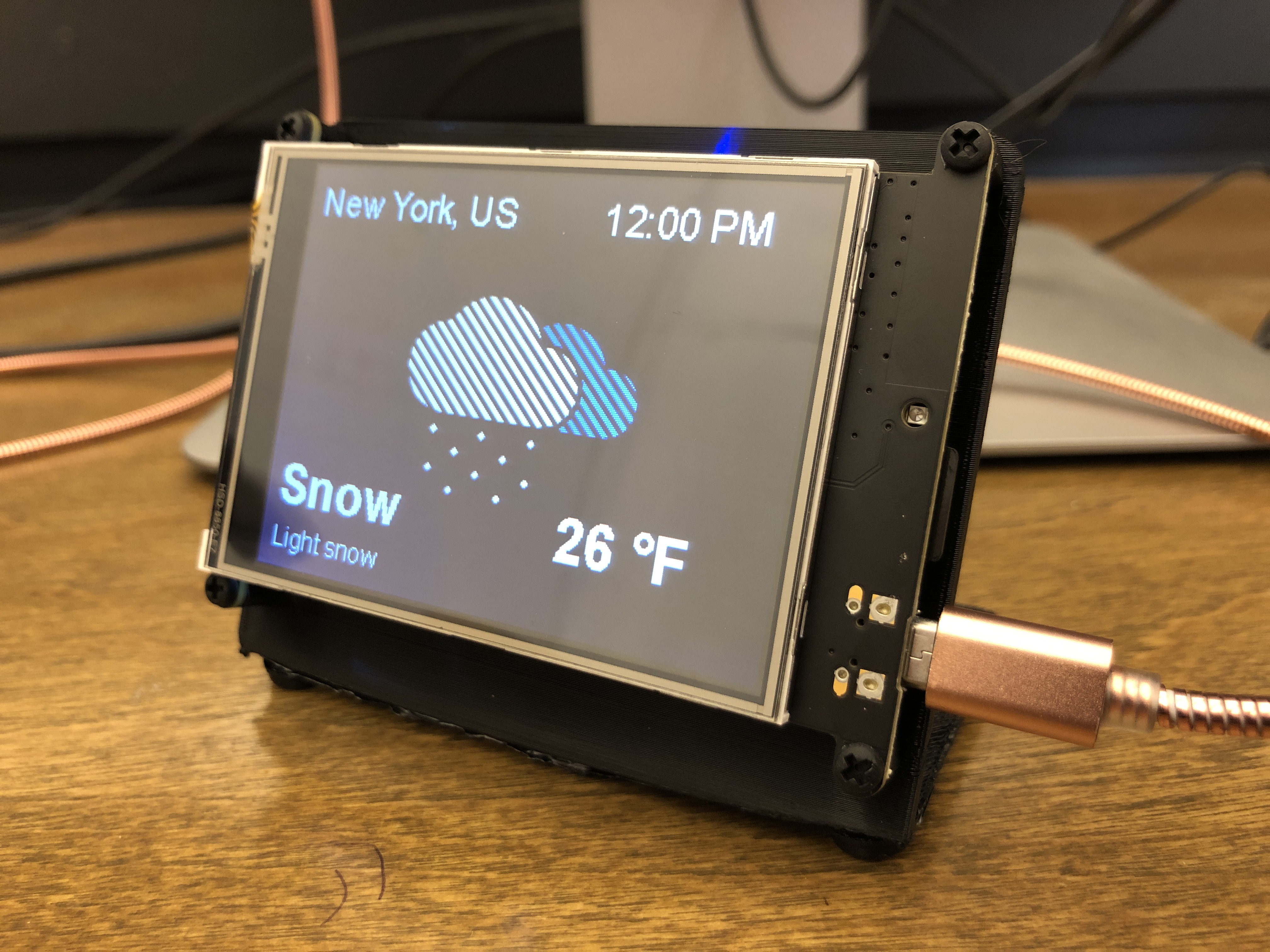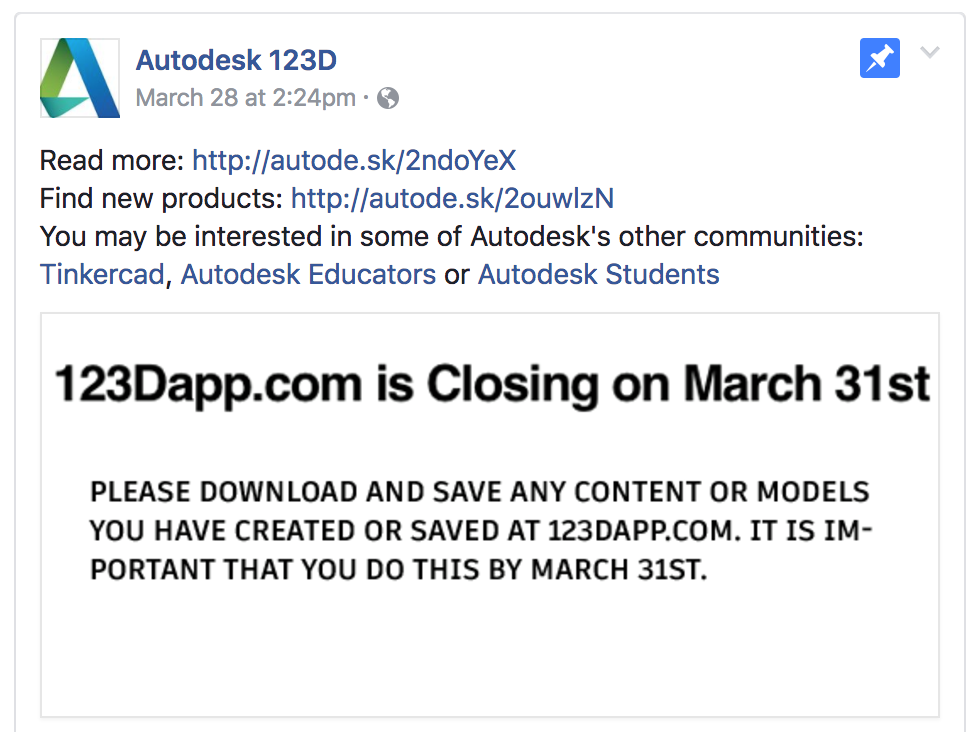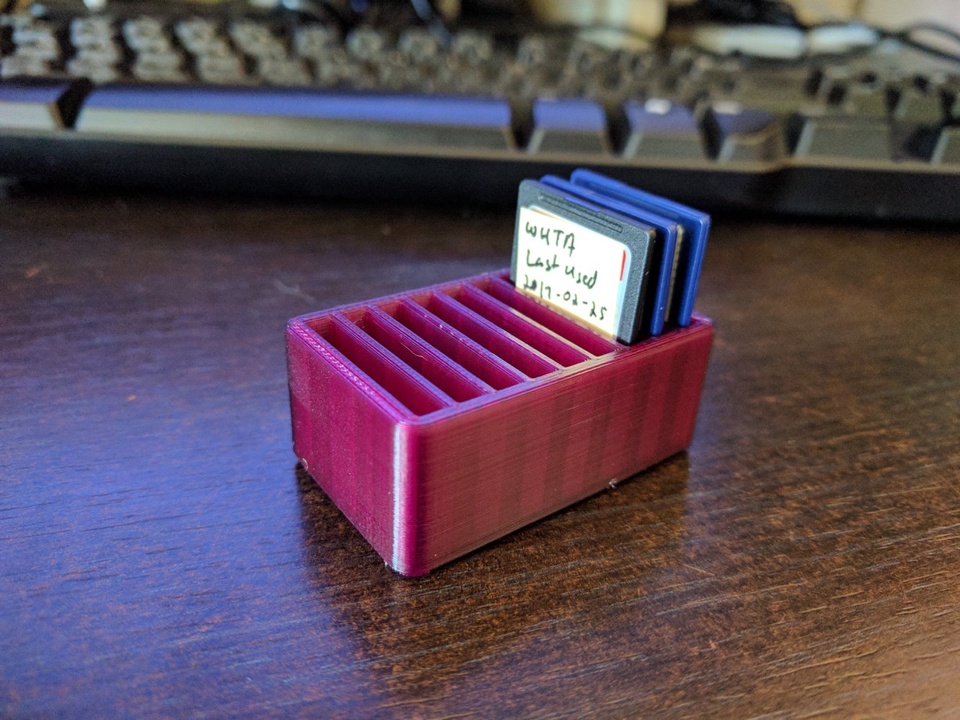
Some of us at MakerBot used to joke that this was inevitable. It only took ~10 years for it to happen!
I stream stuff multiple nights a week and find that the wi-fi on my streaming machine drops out or otherwise causes problems. The router is in a closet across the room from my machine, so I’ve been running a cable by hand before - and putting it away after - every show.
That’s annoying, so I printed up some of these, snipped off the bits for screw holes, and used 3M command strips to make and ad hoc cable run up and over the room with a 50 ft. ethernet cable.
So far, so good, though the blue cable is a little… obvious. I think the next upgrade will be ordering a real set of cable organizing channels that match the ceiling and wall paint. Someday!
I made some Ghost Emoji, from rmoravcik’s design.
Printed on a Flashforge Adventurer 3 Lite in mostly white filament from Hatchbox. We used sparkle black PLA for the eyes, and the tongues in the FlashForge red sample that came with the printer.
I printed without supports, so the bottom of each ghost needed a bit of cleanup. I also found the tolerances for the eyes too tight, so I shrank them by 5% and those fit great.
I’ve sent some of these to the co-ghosts of GHOST PARTY 👻🎉!

I made a PyPortal Stand, printed from Adafruit's design.
This makes a great little desktop mini-display!
Printed on a FlashForge Finder in black PLA filament from Hatchbox.
It printed fine without supports or a raft. I printed with a brim, but the bottom still curled a bit because my print bed needs some adjustment. I evened it out with rubber feet, but that changed the center of mass a bit so it's a little forward-tippy. 🤷
It was easy to mount with nylon M2.5 standoffs and screws. I used a nut, small standoff, and medium screw for each of the 4 mounting holes, finger-tightened.
Back in December, software maker Autodesk announced that they were shutting down all of their "123D" series of apps, effective sometime in early 2017. It looks like that day is rapidly approaching.

In their shutdown announcement, Autodesk promised that they were "consolidating these tools and features into key apps such as Tinkercad, Fusion 360, and ReMake." However, the future is anything but clear for users of the 123D apps suite.
Autodesk's many tools in the "123D" line were available at 123dapp.com, and included:
However, these apps were not the entirety of the ecosystem. 123dapps.com was also a social site with sharing and collaboration features. Users could store their designs on the 123D "cloud", encourage others to remix them, import others' designs into their tools for remixing, etc.
However, one important feature was also available in almost all of these tools: the 123D tools allowed users to save and load files from their local computer and share them on any platform they liked, or not share them at all.
Autodesk is encouraging 123D users to migrate to a handful of new tools:
Indeed, on the surface these seem to cover all the use cases of the 123Dapp.com tools, and in most cases provide superior features. However, there are some wrinkles.
Even for users who are happy storing their files in the cloud, Autodesk has made it clear that users are responsible for saving their data or migrating it to the new system before the shutdown.
Autodesk's shutdown of the 123D apps suite serves as an object lesson in the dangers of trusting "the cloud", but the lessons go beyond that.
The comments section of the shutdown announcement is filled with examples of educators of all stripes who are losing access to education tools. Where it is possible to migrate to the new offerings, curricula must still be rewritten. Given the nature of many school IT systems and student privacy requirements, I am willing to bet that many schools will not be able to replace 123D Design with Fusion 360 or Tinkercad at all.
The shutdown extends beyond the cloud to downloadable apps like 123D Design, as well. While Autodesk will not explicitly cripple any of the 123D tools that don't rely on cloud infrastructure, they will not offer future support or patches, and downloading them will soon become impossible. As of this writing, the Windows version of 123D Design can still be downloaded from their site. However, MacOS and iOS versions have already been pulled from Apple's app stores. Unless Autodesk commits to maintaining support for 123D Design's files in their future offerings, users will become entirely unable to work with them.
Autodesk provides powerful design tools that can be used by anyone from students with no budget up through professional engineering firms working on multi-million dollar projects. However, all Autodesk users should carefully examine the reasons for and the knock-on effects from this "consolidation". The shutdown of Autodesk 123D should make it clear that Autodesk is herding its users into a silo which will tie the fate of user's designs to the fate of Autodesk's ability and desire to run their cloud platform.
Autodesk has shown their willingness to alter the deal they make with their users. Pray they do not alter it further.
A nice wall-mountable organizer for your Aeropress parts.
I chopped the design into two parts in FlashPrint. This allowed the print to fit on the bed of my Flashforge Finder.
Here’s the updated STL file for printing: AeroPress_wall_holder-two-parts.stl.
In keeping with the license on jspiro’s design, this design is licensed Creative Commons CC-BY 3.0.
We've been filling up SD cards with episodes of the We Have to Ask Podcast, so I thought it was time to get a little more organized.
To that end, I printed this nice and simple SD card holder by mandy2tom:

Printed on a Flashforge Finder.
This work is licensed Creative Commons - Attribution.
I’ve got an old white macbook and a newish retina macbook pro. Typically these live on my desk stacked on top of each other, with keyboard/monitor/mouse plugged in.
My cat likes to sit on top of them because they are warm. She also likes to chew on nearby cables. This is a problem.
So, here’s this Thing to stand them vertically!
Kitty came by looking for her warm spot, but didn’t stay long. My desk is now clearer, but also more lonely.
… success?
I modeled this in Inkscape and OpenSCAD. I roll like that.
If you want to make your own changes:
laptop-stand-profile.scadpathXXXX().laptop-stand.scad in OpenSCAD, render and save the STLI printed my copy on a Replicator Dual with 0 extra shells, 10% fill, 0.2mm layer height. It took quite a while.
My Replicator is semi-enclosed, but I had some issues with cracking. Since I don’t care too much about the aesthetics, I just hit it with a heat gun to fuse the cracks together afterwards.